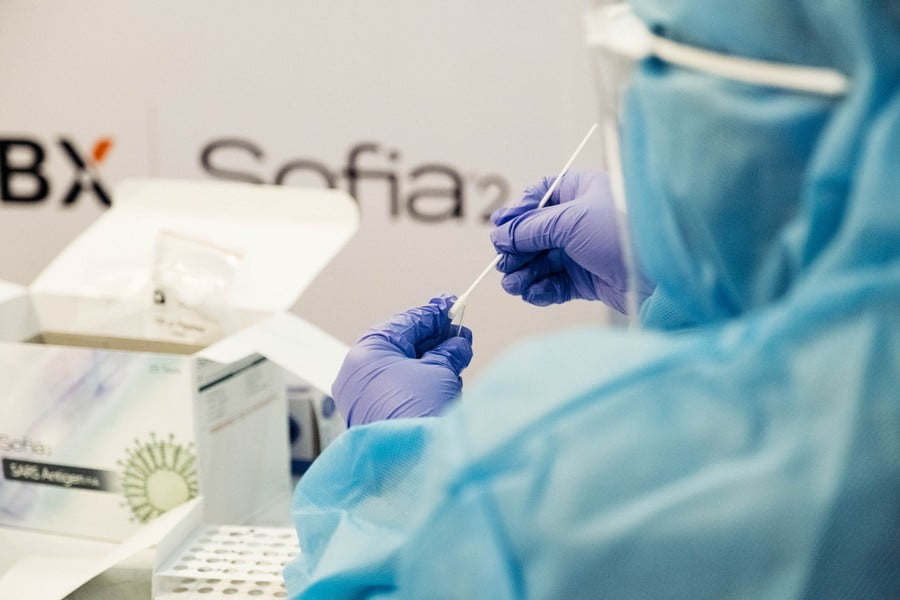In 2017, following the passing of the Sarawak Research and Development Council Ordinance 2017 by the State Legislative Assembly, the Sarawak Research and Development Council (SRDC) was formed to further promote, coordinate and advance research and development (R&D) in the State.
Prior to its establishment, R&D activities in Sarawak were conducted by a number of agencies from various industries in a wide range of fields, including pure science, biotechnology, forestry, agriculture and social sciences.

These created concerns of research efforts lacking the coordination and collaboration to encourage knowledge sharing among researchers that could have led to high-impact discoveries.
There was also a need for the State to protect and commercialise its intellectual properties, especially those found in its rich biodiversity, to boost public and private investments.
Furthermore, strengthening R&D through well-thought-out policies and strategies would enable Sarawak to take a more scientific and technological approach to achieving its socio-economic development goals, more so as it hoped to become a high-income state by 2030.

As a statutory body, SRDC performs functions outlined under Clause 6 of the Sarawak Research and Development Council Ordinance 2017.
These include supporting, stimulating and facilitating R&D in Sarawak; coordinating, directing and monitoring research among government agencies and departments as well as educational institutions; enhancing research standards and capabilities; and facilitating commercialisation.

At present, SRDC is prioritising R&D activities that can benefit Sarawak’s economy, specifically bio-industry and biomedical sciences, food and agriculture, biodiversity and environment (including forestry), and engineering science and technology.
Among entities that are under the purview of the council are top research institutions in the State, such as Sarawak Biodiversity Centre, CRAUN Research Sdn Bhd and Sarawak Tropical Peat Research Institute.
SRDC is actively seeking partnerships from local and international research institutions and universities to enhance Sarawak’s R&D capabilities in areas of biomedical sciences and human capital development.
Among others, it has been collaborating with the Cambridge Academy of Therapeutic Sciences, University of Cambridge; Australian National Phenome Centre; National Centre for Infectious Diseases, Singapore; Universiti Malaysia Sarawak (UNIMAS) and Swinburne Sarawak.
In December 2019, SRDC signed a memorandum of agreement (MoA) with Curtin Biovalley Sdn Bhd (a subsidiary of Curtin Malaysia Sdn Bhd) for the latter to manage, operate and maintain Sarawak Biovalley Pilot Plant.

Located at Curtin University Malaysia in Miri, the plant is established to provide support for the development of new bio-based products and processes; R&D opportunities for industries involved in phytochemical and bio-processes; and high-quality testing for quality assurance of industries.
In March 2021, in light of the ongoing COVID-19 pandemic, SRDC announced that an infectious disease centre would be built for Sarawak to be better prepared for future outbreaks.
An idea proposed by YAB Datuk Patinggi (Dr) Abang Haji Abdul Rahman Zohari bin Tun Datuk Abang Haji Openg, who is also SRDC chairman, and approved by the State Cabinet, the Sarawak Infectious Disease Centre (SIDC) that will be under the purview of SRDC is expected to be operational by 2024.
“Its goals are to protect Sarawak by improving research in infectious diseases, equip it with the capability and capacity to test therapeutics, vaccines and equipment against infectious agents, and to enable it to detect, diagnose and predict potential infectious disease outbreak,” said SRDC.
The council added that SIDC would complement and collaborate with the Ministry of Health Malaysia to combat infectious diseases in the State, as well as attract local, regional and international researchers to ensure robust strategies and implementations for future public health challenges.






